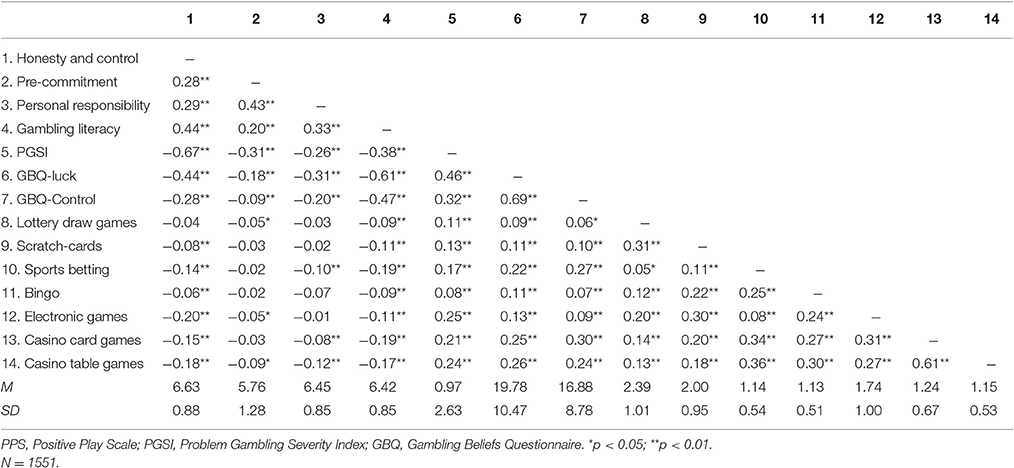Problem Gambling Severity Index Italiano
www.gambler-addiction-index.com
The short-form Problem Gambling Severity Index (PGSI mini-screen) Used in the telephone and online tracker surveys. The short-form Problem Gambling Severity Index (PGSI mini-screen) was developed. Addiction Severity Index, 5th Edition Clinical/Training Version A. Thomas McLellan, Ph.D. Deni Carise, Ph.D INTRODUCING THE ASI:Seven potential problem areas: Medical, Employment/Support Status, Alcohol, Drug, Legal, Family/Social, and Psychological. All clients receive the same standard interview. All information gathered is confidential. The threshold for being considered a ‘problem gambler’ within this particular survey is high—a person has to score 8 or more on the Problem Gambling Severity Index (PGSI) or 3 or more according to the Diagnostic or Statistical Manual-IV. So the number of people experiencing problem gambling could well be higher. The Problem Gambling Severity Index (PGSI) is a screening instrument frequently used to identify risk and problem gambling. Even though the PGSI has good psychometric properties, it still produces a large proportion of misclassifications.
The Gambler Addiction Index (GAI) is designed for gambler assessment, screening, or testing. The GAI has been standardized on people in treatment for gambling, probationers on gambler caseloads, and outpatient gambler groups. The GAI is an automated (computer scored), self-report assessment instrument, or test that consists of 166 items and takes 30 to 35 minutes to complete. The GAI is written at a high 5th to low 6th grade reading level. From test data (answers) input, GAI�s are computer scored with reports printed on-site, within 2 � minutes.
Problem gambling is clinically defined as an impulse control disorder (Diagnostic and Statistical Manual, 4th edition). The GAI contains a reformatted DSM-IV Gambling Scale. Problem gamblers have strong impulses to gamble, despite harmful life consequences. In addition, the GAI contains a Gambling Severity Scale that measures gambling intensity. These two GAI scales codetermine a meaningful gambler profile. No other gambler test incorporates these two gambling measures, or scales.

Another unique GAI feature is its Truthfulness Scale. Gamblers are notorious liars. When asked about their gambling, most problematic gamblers attempt to rationalize their gambling, deny extensive gambling involvement, or attempt to minimize it. In other words, when assessing gamblers, the evaluator needs to know if the client was honest and truthful. No other gambler test contains a Truthfulness Scale.
Seven GAI Measures
The Gambler Addiction Index (GAI) contains seven scales or measures: 1. Truthfulness Scale, 2. Gambling Severity Scale, 3. DSM-IV Gambling Scale, 4. Alcohol Scale, 5. Drug Scale, 6. Suicide Scale, and 7. Stress Coping Abilities (Stress Management) Scale. These GAI Scales (measures) embody areas of inquiry considered, by many, as necessary for gambler understanding.
